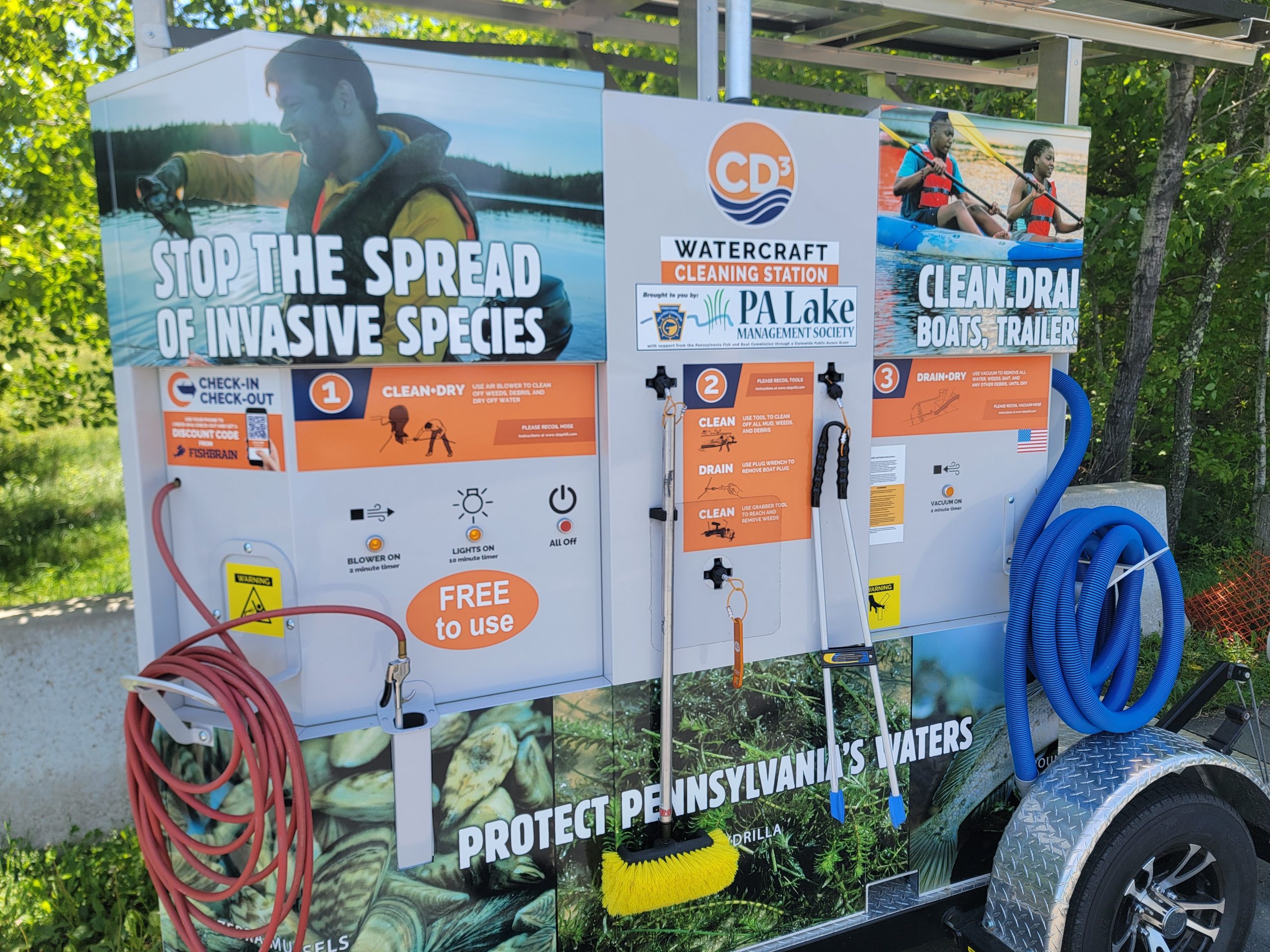The Northern Pocono Mountains region is renowned for its pristine lakes, rivers, and wetlands. These waterways are rich in biodiversity, supporting fish, plants, and ecosystems vital to the environment and economy. However, aquatic invasive species (AIS) threaten these delicate habitats, outcompeting native species and disrupting ecological balance. Preventing the spread of AIS is crucial to maintaining the ecological health and recreational value of these waterways.
Understanding Aquatic Invasive Species
AIS are non-native organisms—such as plants, fish, and mollusks—that are introduced to a new environment. These invaders often hitch a ride on boats, fishing gear, and even clothing, making human activity a key factor in their transmission. Common AIS in Pennsylvania include zebra mussels, hydrilla, and rusty crayfish. These species can multiply rapidly, altering food webs, reducing biodiversity, and making fishing and boating more difficult.
Steps to Prevent the Spread
Preventing the introduction and spread of AIS requires responsible behavior from all who enjoy the Poconos’ waters. Here’s how residents and visitors can help:
1. Clean, Drain, Dry – After boating, fishing, or swimming, thoroughly clean all equipment to remove aquatic hitchhikers. Drain water from boats, live wells, and equipment, and allow everything to dry completely before entering another water body.
2. Avoid Introducing New Species – Never release bait fish, aquarium plants, or exotic animals into natural waters.
3. Use Native and Non-Invasive Plants – For waterfront landscaping, choose native vegetation that won’t spread beyond its intended habitat.
4. Report Sightings – If you suspect AIS in a waterway, report it to the Pennsylvania Fish & Boat Commission or local conservation authorities. Early detection can help control their spread.
5. Follow Local Regulations – Be aware of laws restricting the transport of certain aquatic species and abide by guidelines for boat inspections and decontamination.
Community Efforts Matter
The economic impact of invasive species in Pennsylvania exceeds $100 million, annually. Preventing AIS requires collective action. Local organizations, anglers, boaters, and outdoor enthusiasts play a vital role in protecting the Poconos’ waters. By staying informed and practicing responsible waterway habits, we can preserve the region’s natural beauty for generations to come.
For more information visit pa.gov and search “aquatic invasive species”.
Nick Spinelli is a lifelong resident of the Lake Region and has been serving as the Executive Director of the Lake Wallenpaupack Watershed Management District since 2010. He oversees the District’s programming, writes/administers grants for watershed improvement projects, and leads implementation of the Lake Wallenpaupack Watershed Management Plan. He has served on the Board of the Pennsylvania Lake Management Society since 2011 and recently completed his third term as President. Outside of work, Nick’s hobbies revolve around cooking wild food, learning about native plants, and spending time with friends.
Nick can be reached at nick@wallenpaupackwatershed.org, or at (570)226-3865.


